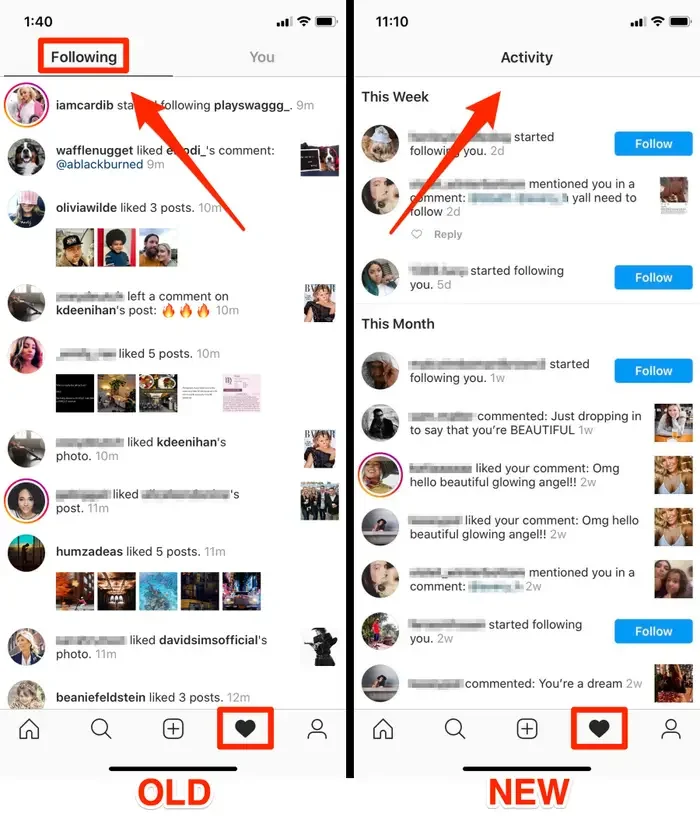Instagram Friends tab rolled out this week. They say it helps brands. I’m telling clients to stop liking things.
UPDATE: There is now a setting to turn off your content being shown in the friends tab, hallelujah!
A quieter version of an old obsession
Instagram rolled out its new Friends tab this week, a curated feed showing you what videos your friends have liked or commented on. It’s meant to help you discover Reels through people you know.
According to Instagram, it’s a win for brands. But from where I sit, I’m already telling clients to be more careful about what they interact with.
It’s a stripped-back, Reels-only version of something we’ve had before. If you remember the old “Following” tab from the heart icon, you’ll know exactly where this is heading.
That feature was chaos in the best way. You could see everything: who your friends were following, what they liked, and who they were talking to. It was a dream for anyone nursing a crush and a reliable source of gossip. More than one brunch was spent analysing someone’s like activity. “Janice has liked seven of Tom’s photos in two days. Something’s clearly going on.”
This new version is more limited. It only shows Reels, but it still reintroduces that old dynamic.
Likes are no longer just for the algorithm
For public figures or anyone remotely in the spotlight, likes have always carried some weight. Now that they’re quietly being surfaced to mutuals, they become even more visible, even if they’re not entirely public.
And even for personal users, it introduces a little voice in the back of your head: “Do I want people seeing I liked this?”
I’ve found myself skipping past Reels I would normally like, simply because I didn’t want the association. It’s the same logic I used in secondary school when I had two music players open. One played the songs I actually liked, the other broadcasted something cooler through my MSN Messenger status.
But Instagram says it helps brands
The intention is discovery. If someone you follow likes a Reel, it may show up in your feed too. That kind of social reach can help branded content spread further.
But if likes become something people second-guess, they’ll engage less often. Not because they dislike the content, but because they’re worried it will be misread or feel too revealing.
As a result, public engagement might dip, even if private saves and shares stay strong.
Why this matters
Brands could start seeing lower like counts on posts, especially anything that leans slightly political, flirty or divisive. That doesn’t mean the content is underperforming. It just means the audience is becoming more selective about how publicly they interact.
It’s already something I’ve flagged to clients. Not because this is a huge scandal, but because it subtly shifts the way people behave online.
The Friends tab might feel like a harmless feature, but it taps into something deeper. The fear of being seen liking the wrong thing.
It’s not quite the chaos of the old days, but it’s enough to make people think twice. And in PR, that hesitation always matters.
